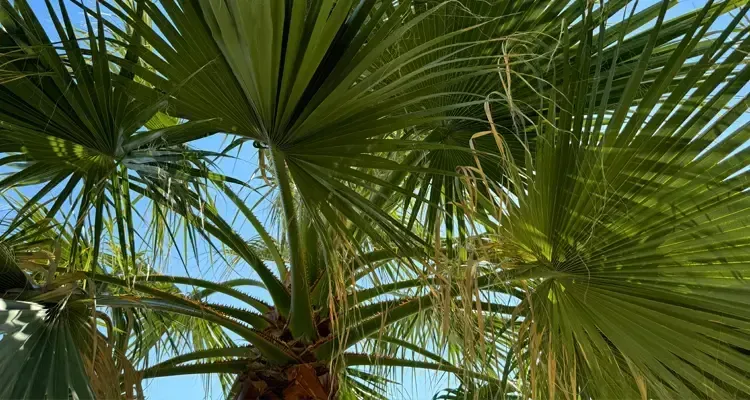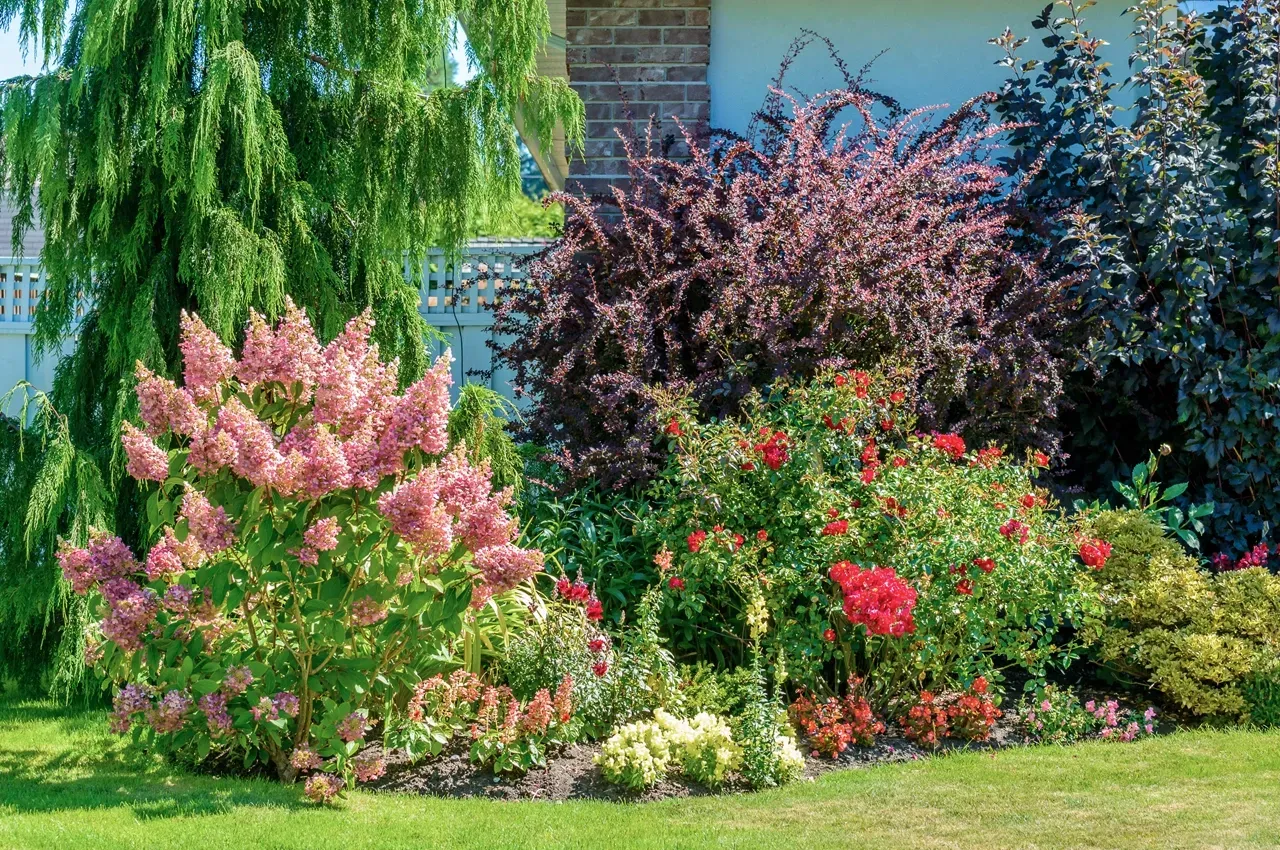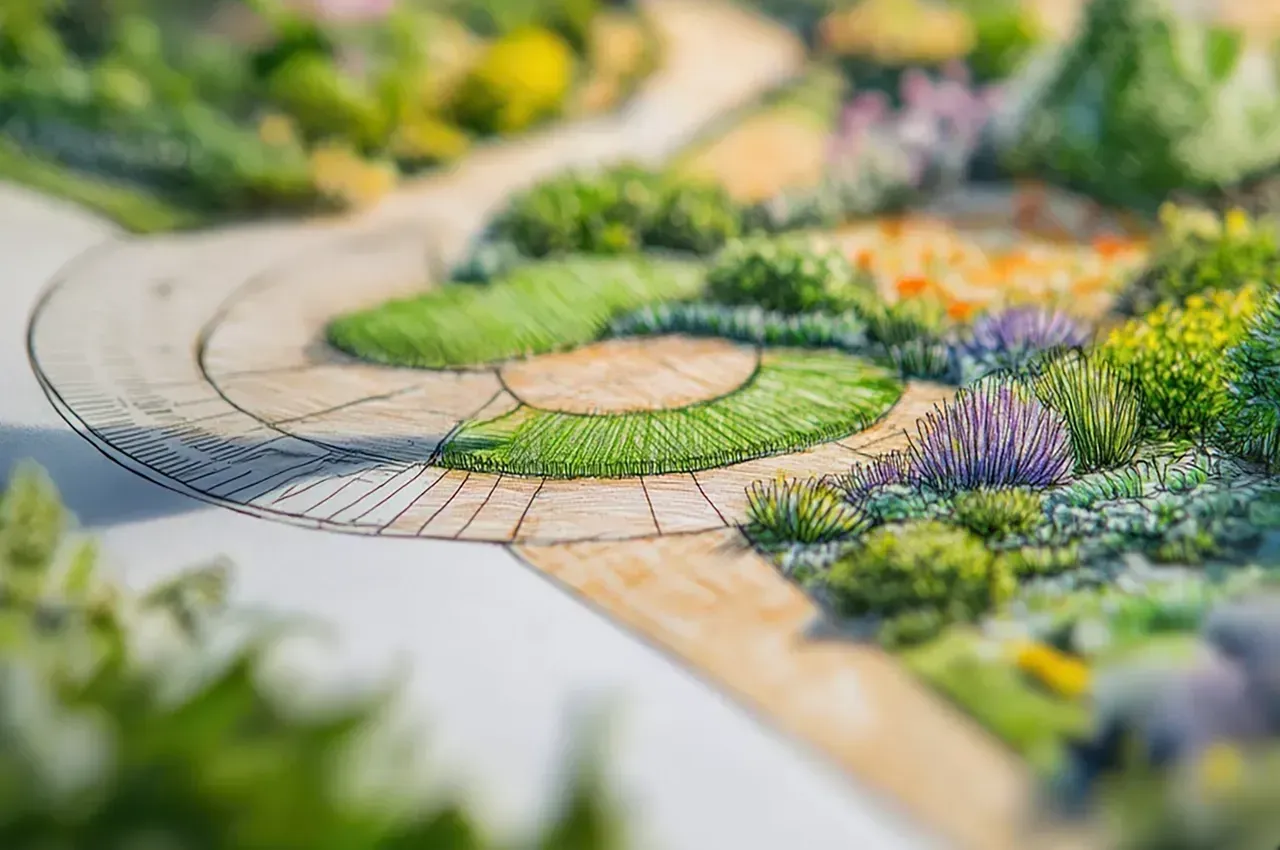Fan Palms vs Date Palms: Which is the Best for Your Landscape?
Fan Palms vs Date Palms:
Which is the Best for Your Landscape?
When it comes to adding a tropical touch to your landscape, few plants are as iconic and versatile as palm trees. Among the many varieties available, Fan Palms and Date Palms are two of the most popular choices for homeowners in warm climates like Houston. Both offer distinctive looks and benefits—but which is the best choice for your landscape?
Fan Palms and Date Palms are two distinct groups within the palm family, each with their own visual appeal and practical considerations. Fan Palms are known for their fan-shaped leaves and are often more compact, making them ideal for residential landscaping. Date Palms, on the other hand, offer a classic, stately look with their feather-like fronds and tall, elegant trunks.
Fan Palms

True to their name, Fan Palms feature leaves that spread out in a rounded, fan-like shape. Their trunks can be slender or stocky, depending on the variety. Fan Palms typically grow more slowly and remain more compact than Date Palms. Varieties like the Mexican Fan Palm (Washingtonia robusta) can grow tall, while others like the European Fan Palm (Chamaerops humilis) stay small and bushy.
Most Fan Palms thrive in subtropical to tropical climates. They’re generally drought-tolerant and can handle full sun, making them well-suited for Houston’s hot summers. In line with their drought tolerance, these palms are relatively low-maintenance. Many fan palms are self-cleaning, meaning they naturally shed their dead fronds. This reduces pruning needs and keeps your landscape looking neat and tidy.
Date Palms

Date Palms are often taller and have a more vertical, upright structure. These palms have long, arching, feather-like fronds (called pinnate leaves) that give them a graceful, flowing look. Their thick trunks are textured with old leaf bases, adding to their bold appearance. Varieties like the Canary Island Date Palm (Phoenix canariensis) and True Date Palm (Phoenix dactylifera) can grow up to 40–60 feet over time.
Date Palms prefer warm, dry climates and perform well in Houston’s heat, though they do require more watering than Fan Palms, especially during dry spells. Some Date Palms produce edible fruit, while others are grown purely for their ornamental appeal.
Key Differences Between Fan Palms and Date Palms
Water Requirements
Fan palms are more drought-tolerant than date palms, requiring less water once established. They’re ideal for low-maintenance designs. As date palms require more irrigation, an automatic watering system might be necessary if you live in a dry zone.
Soil Types
Date palms prefer well-drained soils and are sensitive to overwatering and root rot. Compacted soil or Houston’s clay-heavy soil may require amending before planting. Fan palms are highly adaptable and can thrive in a variety of soil types; some can even tolerate poor soil conditions and salt.
Landscaping Aesthetics
Fan palms create a soft, tropical look and are perfect for smaller yards, poolside areas, or gardens with layered plantings. Date palms have a more focal point or statement role in a landscape and are great for large front yards, driveways, or commercial landscaping.
Choosing the Right Palm for Your Landscape
So, how do you decide between Fan Palms and Date Palms? Ultimately, it comes down to personal preference, space availability, maintenance expectations, and overall landscape objectives.
- For a lush, compact, low-maintenance design, Fan Palms are your best bet. They’re ideal for tight spaces, drought-tolerant gardens, and homeowners seeking a plant that requires minimal maintenance.
- For a dramatic, upscale look: Date Palms make a bold statement. If you have space and the desire for a grand entrance or an iconic silhouette in your yard, these palms deliver.
Consider the Maintenance and Necessary Conditions:
Date Palm often needs pruning of old fronds and fruit cleanup if it produces dates.
Fan Palms tend to be easier to manage, especially self-cleaning varieties. Both palms thrive in full sun, but their soil and watering needs vary. Fan Palms are more forgiving of soil and water inconsistencies, making them a safer choice for beginners.
Conclusion
Choosing between
Fan palms and Date palms depends on what you envision for your landscape. If you’re still unsure,
visit Rosehill Palms for guidance and a wide variety of healthy, locally grown palms. Our team is here to help you select the best palms to elevate your landscape design.
Palms Winter Protection Package
We offer seasonal Palms Care Packages to ensure that your investment is protected during Winter and ready to glow in Spring.
Recent Posts
Proud member of the
Texas Nursery & Landscape Association
Please feel free to contact us via the form below. We will give you an answer as soon as possible!
Contact Rosehill Palms
We will get back to you as soon as possible.
Please try again later.
Rosehill Palms | Developed by Urdaneta Group WSI | All Rights Reserved 2025





